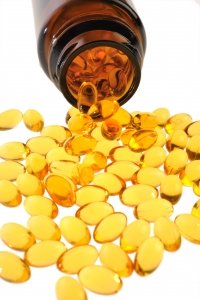 A paper published recently in the Archives of Disease in Childhood has shown that the use of complementary and alternative medicine (CAM) for children may not be as harmless as many think.
A paper published recently in the Archives of Disease in Childhood has shown that the use of complementary and alternative medicine (CAM) for children may not be as harmless as many think.
The paper, which looked at CAM-associated adverse events in Australia between January 2001 and December 2003, found 39 adverse events: among them, 64% were considered severe, life-threatening or fatal, with 4 deaths being reported. A particular concern raised in the study was the cessation of conventional treatments in favour of CAM treatments, often without consulting a medical practitioner.
The study found that those children most at risk were babies with a restricted diet, and children with chronic illnesses. However, it also made clear that not all of the adverse events could be directly related to CAM use, and that further study is needed with the aim being to establish regulation frameworks for CAM treatments.
To access the paper, registered journalists can log into the SMC Resource Library
Dr James Green, lecturer at the School of Pharmacy at the University of Otago, comments:
“This article summarises reported negative effects of complementary and alternative medicine (CAM) use in children and infants in Australia, including 4 deaths. These were caused either by side-effects of herbal medicines, vitamins and other products, or by conventional treatments being replaced by CAM treatments.
“CAM treatments are widely seen as safe. However, like other medicines and treatments, anything that has a positive effect can also have negative effects in some people. Even something as safe-seeming as a herbal tea, if it can help with relaxing or digestion, for example, then there is the possibility that in some people it can also have negative effects. The relative size of the dose is especially important for children and infants. An adult size tablet or cup of tea is proportionally much bigger for an infant or child.
“Some of the worst effects, and two of the four deaths, were seen with dietary restrictions suggested by CAM practitioners in infants. This article presents quite early evidence, but being cautious about diets for infants seems sensible. Finally, there were two deaths and some of the other worst effects where parents chose to stop conventional medical treatment for serious illnesses in favour of CAM treatments. Stopping any treatment suddenly can have bad outcomes, and in these cases, it appears that the healthcare provider recommending the treatment was not involved in the decision to stop.”